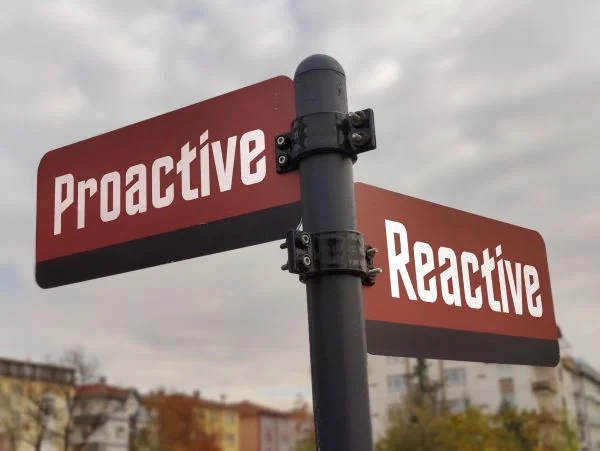Training does not automatically bring value
Staff training is a big investment for many businesses, but too often there is a disconnect between the cost of training and the value it brings to the organization.
Putting people into a room to learn theory is a start, but equipping them with skills to apply their new knowledge, provides the return on investment the business expects from training.
The confidence to apply new skills
You can give people all the tools they need through training, but unless they have the confidence to apply it to their day-to-day work, the investment is wasted. It is important to follow up with intensive, on-the-job support to cement the change in process.
No matter how good your training course is, if it does not result in behavioral change back in the workplace, then it has not been successful. Too often there is no back-up and no follow-through after training has been completed.
Failure to return investment
When people have learned new skills, such as our Kepner-Tregoe critical thinking methodology, if they do not apply what they have learned, they quickly lose the value of the training. Managers become reluctant to invest in new training opportunities if they have not gained the expected ROI of previous training initiatives.
Ways to achieve expected ROI:
- Mutual support and required applications. When a number of people from the same organization have been trained in the same subject, they can be encouraged to support each other and work together to develop and apply their new skills. Management can give them a nudge by requiring them to apply the skills on selected topics and present results sometime after the training.
- Mentoring. If there are other people in the organization who have more advanced capabilities in the same area, use them to mentor the new learners. Look for opportunities related to both groups’ daily work and team them up accordingly.
- Feedback. As a manager, take the time to talk to your staff and encourage them to show how they are using their new skills. If obstacles are surfaced, take a proactive approach to remove them.
- Coaching. If this is a totally new skill to your workplace, use the training organization to provide coaching to your staff on a regular basis, following up to ensure that the new knowledge is being utilized effectively. Kepner-Tregoe develops advanced users who are able to facilitate and coach in the workplace.
Training is a process
- Training needs to be treated as a process, not as an event. Training cannot finish when the student leaves the classroom. In fact, it has just begun. Unfortunately in far too many cases, where follow-up has been neglected, it is estimated that:
- Less than half the skills and information learned in training will be transferred to the job after the training session.
- Within 6 months, as much as three-quarters of training could be lost.
- After 1 year, employees will retain as little as 10 percent to 15 percent of what they learned in training if nothing was done to cement knowledge.
These are sobering thoughts and point to the reason why some organizations are reluctant to invest in training. The importance of follow-up coaching and support after training cannot be underestimated if an organization seeks real returns on its training investment.



